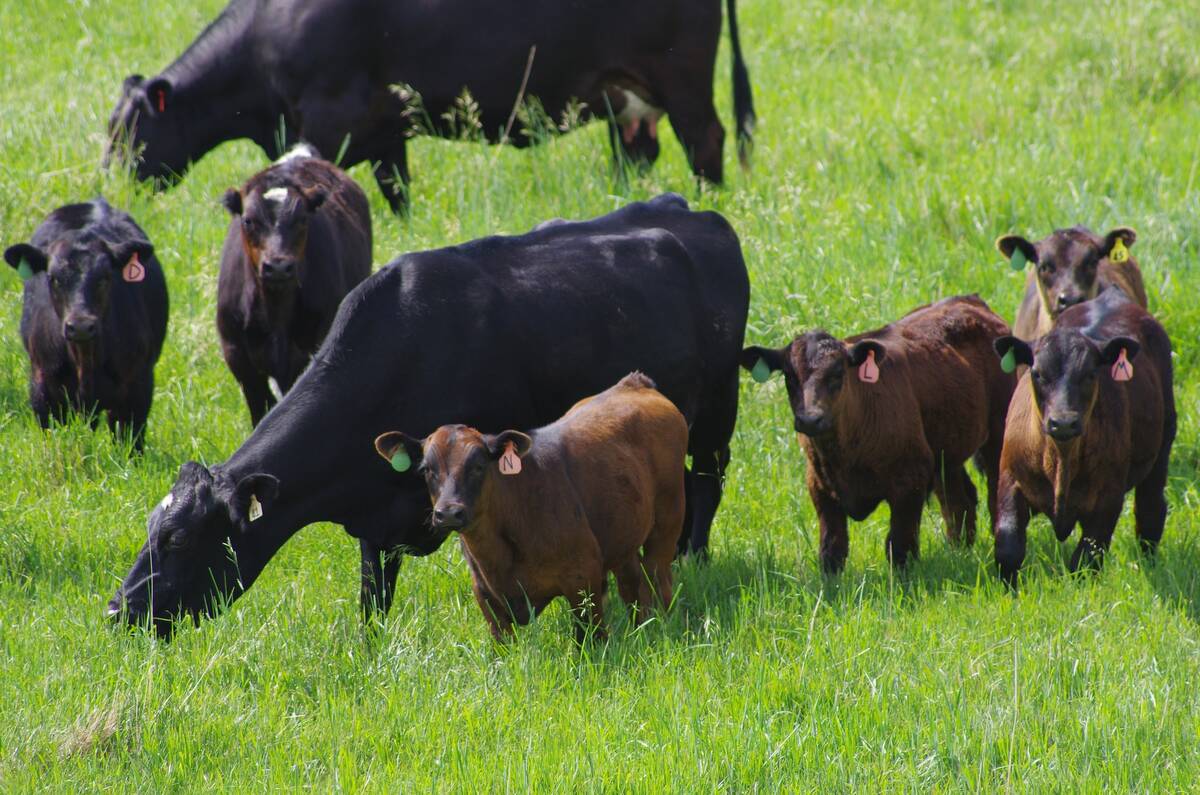LEROY, Sask. – From the ashes of a devastating fire, Stomp Pork Farm and local farmers have banded together to undertake a $40 million project representing the largest hog expansion in Saskatchewan’s history.
“We’re back in business,” said Ivan Stomp, president of Stomp Pork Farm Ltd., following a media conference in Leroy April 24. “There was no doubt in my mind we had to rebuild.”
Stomp Pork will build a 5,500-sow farrow-to-finish barn at the same site near Leroy where it lost 14,000 pigs in a barn fire in February. It will also build a feed mill in town, and two 9,600-head nursery barns in the district.
Read Also

Manitoba extends Crown land rent freeze
Manitoba government links the continued rental rate freeze on grazing and forage leases to economic and environmental challenges facing the industry
The feed mill will take delivery of up to three million bushels of grain produced by farmers buying shares in the new Leroy Agra-Pork Co-op Ltd.
One hundred area farmers have already bought shares in the new generation co-op that will finance and build four 10,000-head feeder pig barns at a cost of $10 million. Stomp will lease these barns from the co-op to finish its pigs.
There is no government funding involved but the company hopes the project will lead to local road improvements to support the trucking of hogs.
The fire insurance process is winding down, said Stomp, who plans to invest all compensation back into the new venture, which will produce 120,000 pigs annually. He plans to begin breeding the animals for the new barns this summer, with pigs in the buildings within a year and shipped to market by 2002.
Stomp said the increase in size was done to take advantage of economies of scale and to reduce trucking costs. The original barn housed 1,250 sows before the fire.
Les McGrath is president of the Leroy-Watson co-op, a group that actively seeks out economic development. It held dozens of meetings to launch the new venture, which allows farmers to deliver grain locally and receive a monthly cheque.
“To me, I’m adding value to my farm. When you live in rural Saskat-chewan and quite a ways from the water, there’s freight on everything,” said McGrath, referring to the expense of shipping grain to port, as opposed to feeding it locally.
The project forms the foundation of a greater vision, said McGrath, who sees this new generation co-op one day encompassing production from ground to plate. A packing plant will be the final component of the vertical integration, he said.
Leroy has been active in unique projects in the past, including Direct Tech, which brought together farmers and dealers involved in direct seeding technologies and raised money for the community.
“I guess we just want to survive,” McGrath said of his community.
Local farmer Bill Wildeman is part of the co-op that will supply barley. He has seen first hand how new generation co-ops work south of the border and has long been involved supplying feed barley to Pound-Maker Agventures at Lanigan.
“This is just an extension of that; the ability to grow feed grains and deliver them locally, adding value at the same time.
“It allows us to become integrated into the food production chain,” Wildeman said. “It gives us some input as to where commodities are going and deal face to face with people who are buying rather than be a deliverer of grain.”
Wildeman said communities benefit from the boom period that comes from hog barn projects, both in the short term from the 100 construction jobs and in the long term from markets for local producers.
Murray Fulton, professor of agricultural economics at the University of Saskatchewan, predicted this venture is among the first of many such co-ops that will be formed around value-added processing in the coming years.
“The time is right.”
Fulton noted new generation co-ops cropped up in the United States in the late 1980s as a response to low farm income and commodity prices and “farmers looking for something to do.”
The main differences between these and traditional prairie co-ops created in the 1920s and 1930s are their closed and finite memberships, tradeable shares, large amounts of capital up front and investments proportionate to what a farmer can deliver.
Construction on the Leroy project will start this month, but Ivan Stomp said they are still studying options such as sprinkler systems, fewer wood structures and more separations to reduce the risk of fire.
Stomp operates another 1,200-sow unit south of Leroy, an 800-sow unit near Lanigan and manages a 1,200-sow unit at Sinnett. The expansion will move Stomp from 4,500 sows to 8,700, and allow it to ship 200,000 hogs to slaughter and breeding markets annually.














